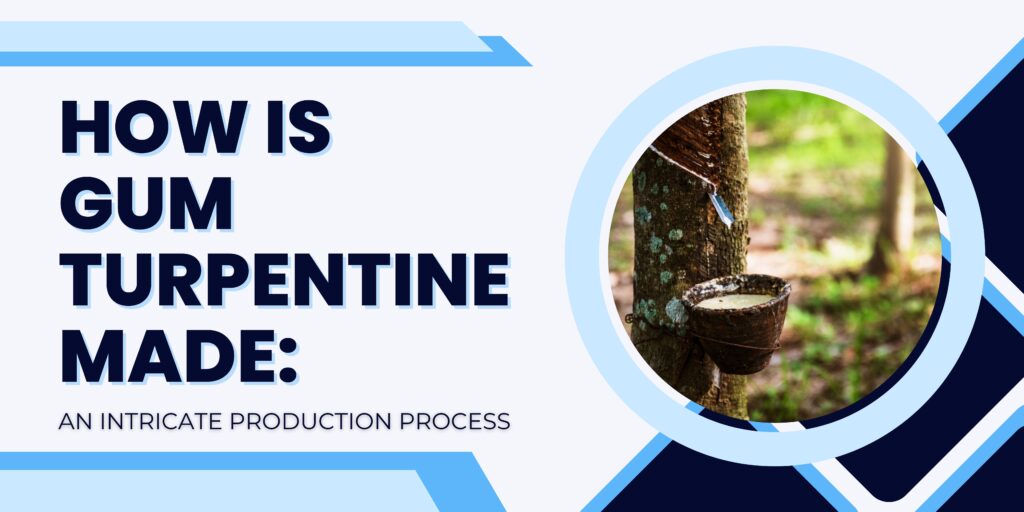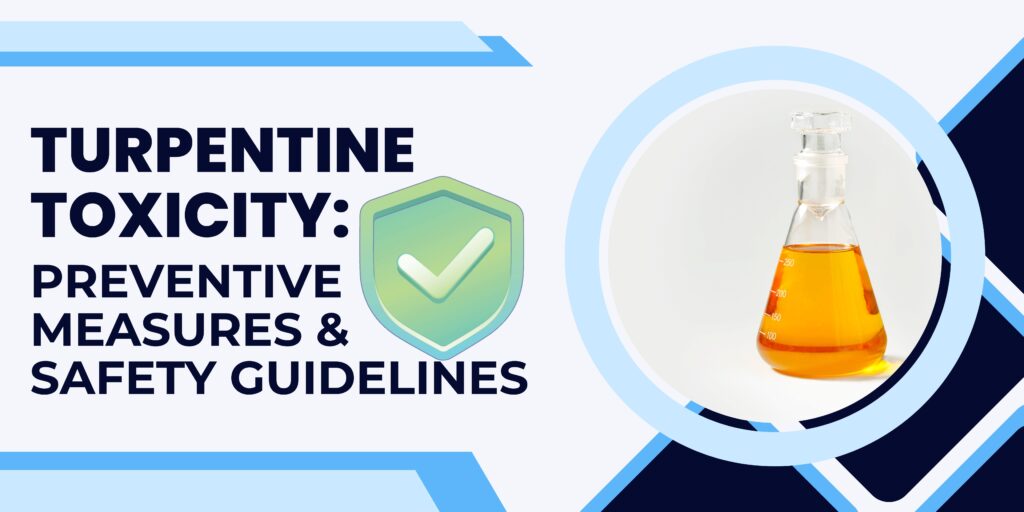
Gum turpentine, a natural resin extracted from pine trees, has been valued for its versatility and numerous applications for centuries. It is widely used in industries such as paint and varnish production, medicine, and even as a solvent. Understanding how gum turpentine is made requires delving into the intricate process of tapping pine trees and distilling the resin to obtain this valuable natural product. In this article, we will explore the rich history of gum turpentine production, and the step-by-step process involved.
A Brief History of Gum Turpentine Production
The history of gum turpentine production dates back to ancient civilizations. Native Americans, particularly those in the southeastern United States, were among the first to utilize the resin from pine trees for medicinal purposes. They would collect pine resin and use it as an antiseptic, among other things. As European settlers arrived in the Americas, they adopted these practices and began to explore other applications for pine resin.
In the 19th century, gum turpentine production saw significant growth, especially in the United States. Pine forests in the southeastern states, such as Georgia, Florida, and Alabama, became centers for turpentine production. The demand for turpentine soared during this time due to its use in paint, varnish, and industrial applications. It was a valuable commodity, and the process of extracting it from pine trees became an integral part of the region’s economy.
Learn about the history of how and what is gum turpentine used for. From traditional medicine to modern industrial applications.
The Production Process
Gum turpentine production is a meticulous and labor-intensive process that involves tapping pine trees and subsequently distilling the collected resin. Here is a detailed exploration of the various stages in this intricate process:
Tree Selection
The initial step in gum turpentine production revolves around selecting the appropriate pine trees. Trees of choice are typically mature and healthy, ranging from 25 to 50 years old. Slash pine (Pinus elliottii) and longleaf pine (Pinus palustris) are often preferred due to their high-quality resin content.
Tapping
Tapping, a process akin to creating controlled wounds on the pine trees, is crucial for resin extraction. Skilled workers make a series of V-shaped cuts on the lower part of the tree’s trunk. These incisions expose the resin ducts within the tree. The cuts are strategically placed in patterns called “boxes” or “faces.” This phase is typically conducted during the spring or early summer when resin flow is most active.
Collection
Following the tapping, the pine trees naturally release resin, which flows out of the cuts and is collected in various containers. Historically, metal or clay cups were used for collection, but contemporary methods often employ plastic containers. The collected resin is referred to as “gum rosin” at this stage.
Distillation
The collected gum rosin is transported to a distillation facility for further processing. This is a critical step in gum turpentine production. The gum rosin is placed in sizable stills, where the distillation process commences. Under carefully controlled conditions, the gum rosin is heated, causing it to vaporize. As it ascends through the still, it undergoes a cooling process, leading to condensation and the formation of two primary products: gum turpentine and gum rosin.
Separation
During the distillation process, the lighter component, gum turpentine, rises to the top, forming a clear, colorless liquid. Simultaneously, gum rosin, a solid resin, settles at the bottom. Separation is thus achieved naturally through the distillation process.
Refinement
The collected gum turpentine may undergo further refining processes to remove impurities, ensuring its suitability for various applications. Common refining methods include filtration and fractional distillation.
The Science Behind Distillation
The distillation process, a cornerstone of gum turpentine production, involves principles of thermodynamics and phase change. As the gum rosin is heated, it undergoes a phase transition from a solid to a vapor, and then it condenses back into a liquid. This phase change is facilitated by carefully controlling the temperature and pressure inside the stills.
Fractional distillation, a more advanced distillation technique, is often employed to separate the gum turpentine from the gum rosin more efficiently. In this method, the vaporized resin is allowed to condense at different temperatures, leading to the separation of various components based on their boiling points. This results in a higher-purity gum turpentine product.
Modern Innovations and Sustainable Practices
Gum turpentine production has evolved with modern technology and sustainability practices in mind. Today, the industry focuses on responsible forest management and sustainable tapping techniques to ensure the long-term health of pine forests.
In addition to traditional applications, gum turpentine has found new uses in eco-friendly and natural products. It is sought after for its antimicrobial and anti-inflammatory properties, making it a valuable component in pharmaceuticals, natural cosmetics, and therapeutic treatments.
Conclusion
Gum turpentine production, with its deep historical roots and intricate production process, represents a remarkable marriage of tradition and modern technology. The extraction of this valuable natural resin, from selecting the right pine trees to the delicate distillation process, demands precision and expertise.
As the demand for sustainable and eco-friendly resources continues to grow, the responsible management of pine forests and ongoing research into refining the production process will play a pivotal role in preserving the legacy of gum turpentine. This natural resource, with its enduring significance, remains an essential component in various industries, embodying the harmonious blend of art and science in its production. It continues to adapt and find new applications in a world that increasingly values sustainability and natural solutions.




